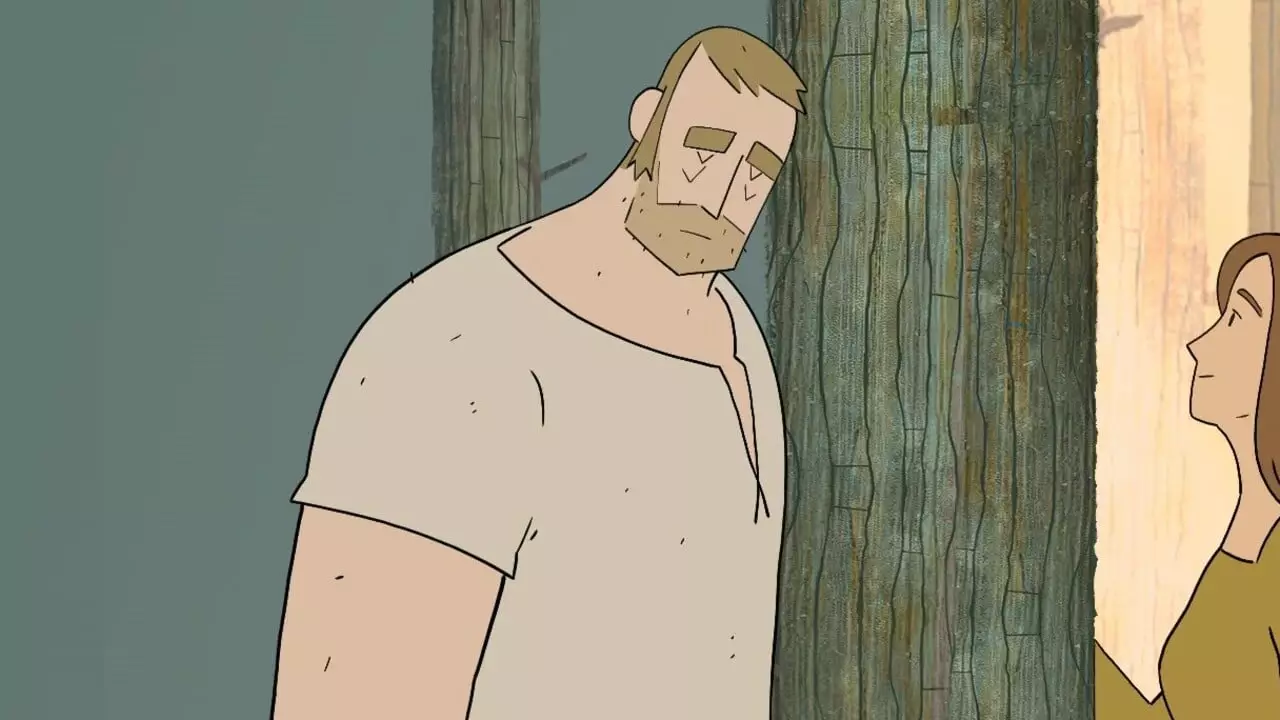When we think of the term “game,” we often envision cheerful activities filled with laughter, competition, and camaraderie. Even in contexts that are more serious—like snooker, where players don waistcoats and exhibit advanced skills—the term itself often belies the inherent weight of human emotion tied to participation. However, the realm of video games serves as a canvas for broader, more complex narratives, as showcased in the game Pine. With its poignant subtitle, “A Story of Loss,” Pine ventures beyond mere entertainment into the depths of human grief and solitude.
At first glance, Pine may appear to fit within the structure of more traditional games that emphasize action or narrative complexity. Yet, upon interacting with the game, players quickly realize that it adopts a gameplay-light approach. The central character, a nameless man dwelling in a desolate forest, engages in activities that reflect his isolation—felling trees, cultivating a small vegetable plot, and carving statues of a lost love. The mechanics primarily rely on touchscreen actions—swiping to cut wood, placing items tenderly, and dramatically tapping to consume food.
This simplicity is a double-edged sword. On one hand, it complements the game’s meditative tone and contemplative subject matter. On the other, transitioning to a controller reduces these immersive gestures to mindless button presses, stripping away some of the experience’s emotional heft. Players may find themselves merely performing rote tasks devoid of meaning, leading to disengagement and a diminished connection to the protagonist’s struggle.
While Pine wrestles with gameplay challenges, it compensates with stunning visuals and compelling audio design. The art style is distinct and evocative, drawing players into its serene yet melancholic atmosphere. Every frame feels like a carefully crafted painting that captures not only the beauty of the forest but the character’s lurking despair. Visually and aurally, the game operates on a relatively modest scale, yet it excels in creating an emotional ambiance that immerses the player in the protagonist’s solitary life.
The soundtrack serves as a poignant companion, subtly fluctuating with the gameplay to evoke a spectrum of emotions. The music ebbs and flows, providing an auditory reflection of the character’s inner turmoil. This emotional resonance is key, as it underscores the significant themes of loss and longing woven throughout the storyline.
Pine’s narrative unfolds against the backdrop of mundane existence—a deliberate choice that amplifies the weight of the character’s grief. Players take part in repetitive tasks that mirror real-life struggles and highlight the monotony often experienced in periods of mourning. As the gameplay continues, the interactions seem to dwindle, resembling an interactive animation more than an active gaming experience. The phrase “Press A to Continue… Existing” emerges as an apt descriptor, underscoring the existential problematic at play.
The core of Pine is a meditation on grief, which can resonate differently with each player. While some may find comfort and relatability in the portrayal of mourning, others may interpret the conclusion as a sign to forget rather than confront their emotions fully. The conclusion, rather than providing a sense of closure, leaves room for unresolved feelings—a reflection of real-life loss, which is often complex and multifaceted.
Pine occupies a unique space in the landscape of video games. It is not merely a game; it serves as a thought-provoking exploration of emotional fragility and resilience in the face of loss. The visuals are captivating and the atmosphere haunting, demanding a willingness to engage in self-reflection. While fans of fast-paced action may find it lacking, for those open to exploring themes of grief and introspection, Pine offers valuable insights.
Pine stands as a testament to the potential of video games as vehicles for storytelling and emotional exploration. It calls for patience and introspection—qualities often in short supply in the fast-paced gaming world. Whether it serves as a stark reminder of loss or an exploration of healing, it is an experience that invites deeper contemplation long after the screen goes dark.


Leave a Reply